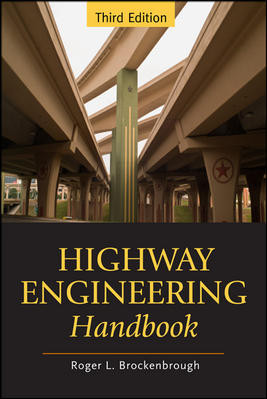NTSB Blames Minn. Bridge Collapse On Gusset Plate Design Error
National Transportation Safety Board investigators said on Nov. 13 that the 2007 Minneapolis bridge collapse that killed 13 people and injured 145 others started when gusset plates on the upper side of steel deck truss fractured and that the plates failed due to a "design error."
At the first day of a two-day NTSB meeting to determine the probable cause of the accident and recommend safety improvements, Mark Bagnard, the leader of the NTSB team investigating the accident, said that plates at one "node" or connection-point on the upper edge of the steel deck truss "were unable to sustain the load experienced on the bridge." Bagnard said that the failure of those plates "resulted in the total collapse of the bridge."
He added, "The failure of the gusset plates was attributed to their inadequate capacity" which, he said, was "the result of a design error." Bagnard later termed the design error "serious."
The gusset plates have been a focus of the investigation for months. In a safety recommendation issued Jan. 15, NTSB said that "the original design process led to a serious error in sizing of some of the gusset plates in the main trusses." The board said that gusset plates at eight of the 112 nodes on the main trusses "were roughly half the thickness required."
The five-member safety board is expected to vote Nov. 14 whether to accept, amend or reject the staff report, including a finding of probable cause of the collapse as well as safety recommendations.
Jim Wildey, chief of the NTSB materials laboratory, said the investigations showed the collapse began at U (for upper) node 10, where all four gusset plates fractured in similar ways. He said it could not be determined which of the four plates failed first.
Wildey also said that the investigators determined that several other factors didn't contribute to the collapse, including corrosion damage and pre-existing cracking on steel members and issues related to bridge piers and their bearings.

